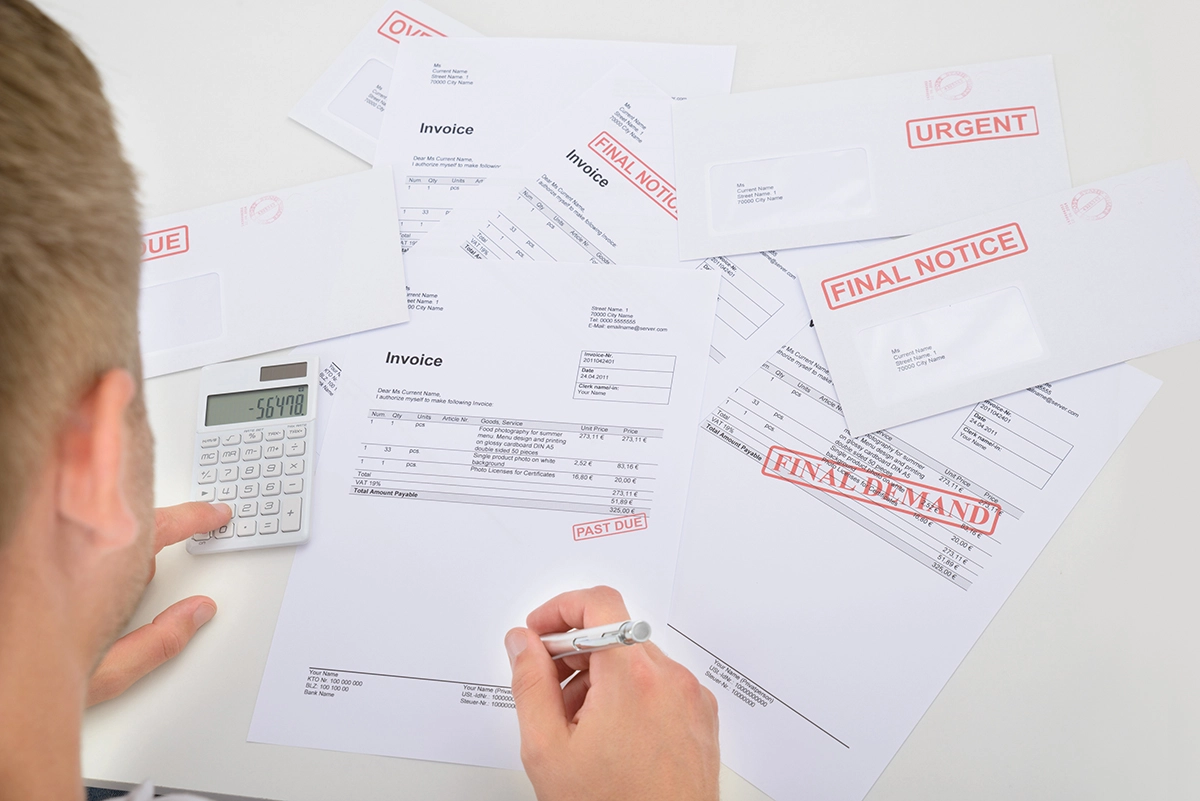Recurring revenue, i.e. a maintenance program, is critical from both a profit and a wealth perspective.
Building a loyal customer base is critical for building wealth. Most HVACR and plumbing customer bases are built using maintenance programs. These programs tie your customer to your company. You give them reasons to use your company year after year.
Maintenance programs give you predictable revenues, expenses, and cash flow. This allows you to budget. Increasing your sales can be accomplished through increasing your number of maintenance customers.
Sad and True Story
A business owner asked me to value his heating and air conditioning business. He had been working for more than 30 years and he was tired. He wanted to sell the business.
Unfortunately, the business had low profits and very few maintenance plans. The business was worth less than $100,000. Not much value for 30 years of hard work. The owner was disheartened that his business was worth so little. It’s what happened because he only paid attention to profit and not building wealth.
The wealth of your business is in customers who buy from your company year after year. Your maintenance customers provide a stable revenue stream for a purchaser.
When your maintenance customers stay with your company year after year and they provide positive cash flow, the purchaser can be reasonably assured that he is investing in something that will also provide value and wealth to him as he operates the company.
Four Principles to Follow
Principle 1: Maintenance agreement revenues should cover the overhead of your company. If the company’s total overhead is covered, then you can breathe easier when slower times come. Many times it takes several years to accomplish this. Do it and you’ll sleep better at night.
Principle 2: Have at least 1,000 recurring revenue customers for every $1,000,000 in residential service and replacement sales. Not there? Set the plan in place to have at least the minimum number of recurring revenue customers within a specific time frame.
Principle 3: Be your own bank. If you want to decrease your dependence on a line of credit, get the discipline to deposit all of the recurring revenue monies you receive in an interest bearing account. These funds accumulate quickly and can be your source when you are short of cash. Pay the interest to yourself rather than the bank!
Principle 4: Set a contest with your employees to reach a recurring revenue goal. Make sure that everyone has bought into the need for recurring revenue. Then, start small with a three-month contest period.
Take a piece of poster board or put a chart on a white board. Along the X-axis should be the months. For example, March, April, May. Underneath each month should be two columns, one labeled “estimated” and one labeled “actual”. Along the Y-axis should be everyone who is in contact with customers and has the opportunity to enroll recurring revenue customers.
Ask each person how many they think they can enroll during that three-month period. Put that estimate in the “estimated column” for each month. After you get everyone’s estimates, total the estimated enrollments for the company. This is your three-month goal.
At the end of each month, record the actual numbers on the chart. At the end of the three-month period, determine the results. Did the company reach the goal or not? Is there a bonus or a penalty?
Maintenance Program Revenue
If your recurring revenue clients pay your company monthly and your company provides the maintenance monthly, then revenue and cost are accounted for on your profit and loss statement.
If your maintenance clients pay your company monthly or annually and your company provides the services/products at a different time than the monies are received, then your company has deferred income. This means that a customer has paid your company in advance for work not yet performed.
In these cases, your company has a liability to perform. It has gotten money for work not performed for your customer.
The monies that come in from the customer go in a savings account. The offsetting entry in your accounting package is deferred income — a current liability account on the company’s balance sheet.
When the work is performed or products/services provided, the amount of the revenue for the maintenance is transferred from the liability section of the balance sheet and put into the revenue section of your company’s profit and loss statement.
Nothing has to be done with the savings account. The money can stay there unless your company needs it to provide maintenance work. In this case, the savings is transferred into your company’s operating bank account. Take the smallest amount that is needed. Savings will help build wealth.
Maintenance programs are the seeds that you plant “in the spring” to help your company have a great harvest for years to come.






